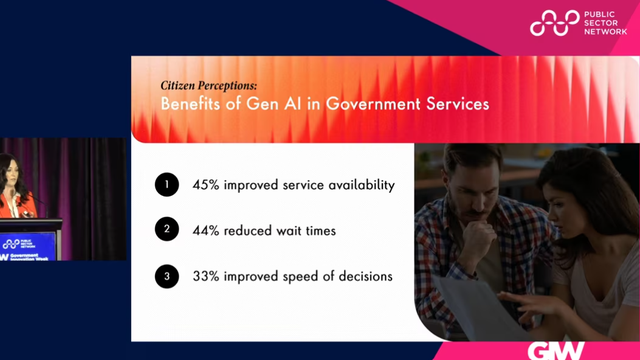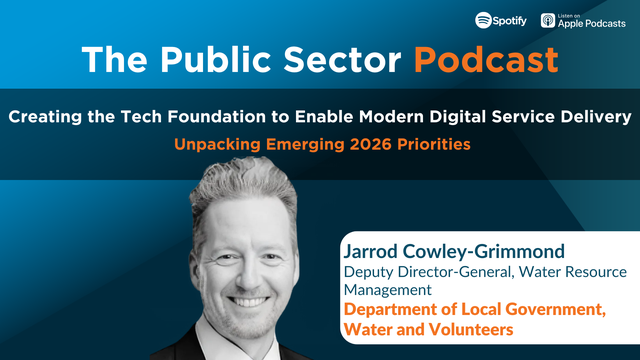Building a future ready workforce for the new reality:
Based on our Virtual Event, January 21, 2021
The diversity of municipal work during challenging times:
Like so many organizations, the City of Hamilton in the Province of Ontario experienced tremendous turmoil in 2020 as a result of COVID-19. Nenzi Cocca, the Director of Human Resources (HR) Systems & Operations at the City of Hamilton, says that the pandemic brought with it “a number of unexpected challenges when bringing on new employees, and we had some employees that were retiring too.” Very quickly “we had to figure out a way to make sure that knowledge transfer happened as seamlessly as possible.” This was particularly important because the HR division is one of the most important. “I like to call our division ‘the enabler’ that enables all of the other sections to deliver their great work.” Municipalities deliver an extremely diverse range of services, “everything from emergency services to public health services, parks, landscaping, construction projects, economic and urban development, financial and IT services, and even tourism.” The HR division underpins all of it. “We basically keep the lights on.”

COVID-19 brought unexpected challenges:
The pandemic almost immediately made everything more complicated, “but we still had to find new and engaging ways to continue the work that we had to do. We had to pivot really quickly to make sure that we had all the resources in place.” This included still being able to on-board, train and look after employees. It also meant creating the right conditions for employees to work remotely. For the City of Hamilton this was a particular challenge because “we’re really not one of those super progressive Cities with regards to digital transformation, and COVID-19 really pushed the envelope for us in terms of looking at new and different ways of delivering services.” Before the pandemic, there were “some negative perceptions about productivity” associated with remote working. However, when working from home was forced upon them, “we certainly saw some enormous successes in our staff, and we've also seen an opportunity for a much bigger pool of applicants as a result.” In fact, quite a number of roles will continue to be remote for the foreseeable future, even when the majority of staff return to the office. “This has opened up a lot of doors for people.”
Though the pandemic was obviously not on the radar, in 2019 the City launched a branding and employee attraction program that has served them well in the current circumstances. The campaign for attracting new employees was called ‘Be the Reason’, and for retaining current employees was called ‘You Are the Reason’. These two taglines “attempt to recognize the contributions and celebrate the successes of the outstanding work of our employees, and attempt to attract new employees to our organization.” They are now used to show employees that municipalities are diverse workplaces with “great opportunities for career development.”

Getting the culture right and changing processes
The taglines came about because the City invested in creating “corporate culture pillars that inform and align a lot of what we do.” They are about “collective ownership; steadfast integrity; courageous change; sensational service; and engaged and empowered employees.” These pillars bring “clarity for all employees to understand how the work they do integrates with the bigger picture and the City’s mission.” The pillars apply to all parts of the organization and ensure “everyone is on the same page.”
The pillars came about because in 2017, the City arranged “our first employee enterprise-wide engagement survey – our people survey. From those results all of the sections, divisions and departments worked collaboratively to develop action plans.” The pillars were developed to be embedded across the whole organization, whilst in HR, it was clear that the on-boarding process needed to change, “especially around roles, responsibilities and expectations.”
The first thing that changed was that a centralized system was put in place. This meant everyone had access to the same resources, “like contact lists, office floor plans, and an HR acronyms list.” The other thing was that hiring managers contacted new employees before their first day “to set their expectations and ascertain what sort of supports they may need.” New employees were also given access to “HOWI, our Hamilton Online Workplace Information portal for all things HR.” That is a one-stop-shop resource bank for all employees, including new employees. “It is kept up-to-date and we drive traffic to it so that everyone gets the updated information they need.”
The final part of the new on-boarding process included a check-in “three to six months after the new employees start to get feedback on how they thought the on-boarding went,” and then to tweak the system if required. The new system has proven so successful that “we actually even on-boarded two new employees during the height of COVID-19.” Changes had to be made to make it work virtually, but the processes stood up and held its ground. For those new staff, but also for other staff, much of the interaction has been via video over the last year, and since there is “nothing like sitting side-by-side, we really try to encourage all virtual meetings to be conducted with the camera on, to the extent possible.”
“Before COVID-19 we were a very paper reliant HR operation. We printed a lot of stuff. But we’ve really shifted to using as much digital file sharing as possible, with the proper security protocols in place.”
Nenzi Cocca, Director, Human Resources Systems & Operations, City of Hamilton
Remote Knowledge Transfer
This became particularly poignant when “long-term employees retired” during stay-at-home orders. “Side-by-side job shadowing was not possible, but we were still able to have the new and retiring employees do a lot of knowledge transfer virtually.” The processes that led to that being possible were developed by the “organizational development and learning team, who also created an interactive career development guide.” This is a resource that “clearly outlines what the accountabilities and responsibilities of reach role are,” so that anyone moving to any other role within the organization will know what those roles entail. “There’s a lot of clarity and consistency, no matter what department you’re in.” Performance appraisals and evaluations are now also consistent. “The behaviors change depending on what role you’re in, but the competencies are consistent.” This helps to guide staff when it comes to contemplating their retirement or simply when they are looking at their career development pathway.
As part of that, for those staff that aren’t quite ready to step up to leadership, there is now also “a leadership development program with some learnings to get folks ready for that next opportunity.” This program also had to go virtual last year, but with so many other changes preceding it, there was almost a seamless transition. “It’s a really interactive module-based program.” Though it isn’t for everyone. For those that aren’t quite ready for the leadership program, these is also the “very active City HYP program, for Hamilton Young Professionals, an under 40 club for those looking for opportunities for learning development events.”
“We are very actively working to prepare the next generation of our workforce, in every sense of that word.” +
Featured Speaker
Nenzi Cocca, Director, Human Resources Systems & Operations, City of Hamilton


In this re-cap of our Workforce Transformation in the Public Sector Virtual Event, we explore some keynote takeaways from the City of Hamilton’s Nenzi Cocca, Director of Human Resource Management.


































